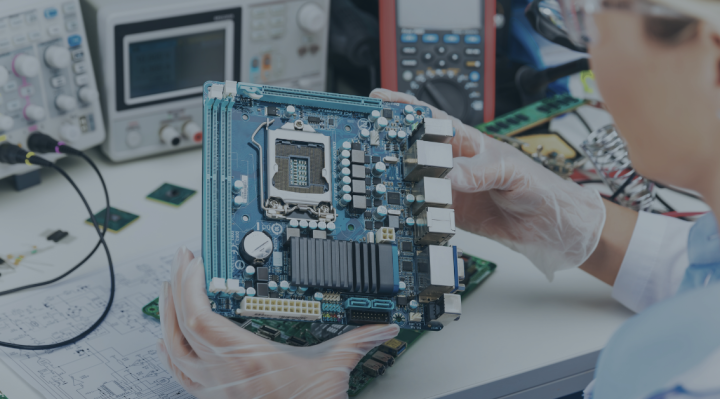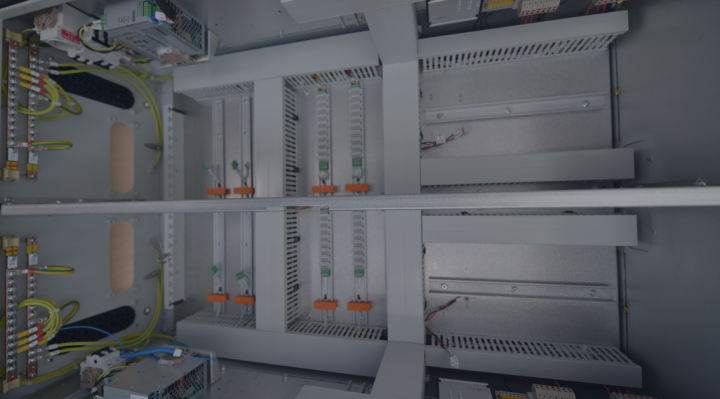Value analysis and value engineering (VA/VE) can offer OEMs much more than simple cost cutting - they can reduce material costs while creating solutions that better meet customer needs. And that means increased product competitiveness.
What are value analysis and value engineering (VA/VE)?
Generally speaking, a Value Analysis and Value Engineering analysis involves evaluating each component of a product for functionality and the ability to reduce the material needs identified in the BOM (Bill of Materials) and use alternative components wherever possible. It also involves conducting manufacturing analyses, taking into account the price of assembly and the impact of changes on product quality and reliability.
However, Value Analysis (VA) applies to existing products, and an important part of it is functional analysis, which consists of identifying unnecessary material costs that are responsible for functions that are not important from the users' point of view.
In a broader sense, VA analysis identifies secondary product functions (such as moisture protection) that are capable of generating a significant portion of costs and, if anything, can be eliminated.
Value Engineering (VE), on the other hand, deals with new products and should be applied at the product development stage. VE emphasizes cost reduction and improved product functionality, but also considers factors such as the cost of the manufacturing process, machinery, labour, materials, shipping, maintenance, and disposal and recycling.
VE therefore makes it possible to:
- design a product that realises the planned functionality and is better suited to users' needs while minimising costs
- detect potential design problems at an early stage and resolve them before production starts
What is important from the point of view of OEMs is that the application of Value Analysis and Value Engineering methods allows for a significant reduction of material and production costs, while increasing the value of the product in the eyes of customers. And that means higher revenues, as well as increased company value.
Value Analysis and Value Engineering analysis versus ever more expensive components and volatile supply chains
We are all slowly recovering from the COVID pandemic, but its effects are still being felt. For example, manufacturers' costs in the supply chain have increased due to the introduction of extra charges for air freight and courier companies. Component prices are also influenced by constantly rising raw material, fuel and labour prices.
In addition, the supply chains themselves are constantly unstable, as they are highly dependent on the situation in China. This is why it is so important to constantly update the Value Analysis and Value Engineering analysis based on current market data. Not only does this allow you to keep costs under control without reducing the value of the product to the customer, but more importantly, it allows you to remain competitive.
With such a volatile market for electronic components, it is important to have extensive knowledge and a network of suppliers who can not only provide key information on components, but also offer reasonably stable prices.
It is therefore important for an OEM to work with an experienced contract EMS provider who can guarantee the availability of components listed in the BOM, but also ensure the shortest possible lead time.
Such providers can also inform OEMs of component allocations as they allow them to determine the real waiting time for the product. Especially when, as we mentioned, Lead Time for materials has not been constant in recent times due to the situation in global markets.
VA/VE analysis, OEMs and EMS providers
Manufacturers working with experienced contract EMS providers can count on a range of services that add value to the production order itself. A good EMS provider is able to carry out a VA/VE analysis which has a clear impact on price, manufacturability and product quality and therefore the OEM's competitive advantage.
A Value Analysis and Value Engineering analysis carried out by an EMS provider with unique experience and market knowledge can also detect potential design problems at an early stage and avoid them when production starts, as well as improve the quality of the product itself and minimise the risk of errors.
One of the valuable aspects of working with an EMS provider is its knowledge of the components, its market knowledge and its network of proven, continuously verified suppliers It is through this knowledge that the EMS provider is able to find the most advantageous offer on the market for individual components. It is also well versed in the life cycle of components and, based on pricing and information from suppliers, is able to determine that a particular component will soon be withdrawn from the market and whether the manufacturer is offering a replacement.
This knowledge enables the OEM's R&D department to take appropriate action before production starts and, possibly, decide to switch to a new version of the component. This approach helps the OEM save significant amounts of money related to the subsequent maintenance of their product and, in some cases, the need to recall the product.
In addition, the EMS provider is often able to suggest cheaper substitutes at the quotation stage to reduce the cost of production and increase the OEM's profit. Such a quote also allows the OEM to optimise the size of the production batch, especially if it is prepared in multiple quantity variants.
Industrial revolution 4.0
An aspect that may reduce the value of the OEM's products may be Industrial Revolution 4.0, as products developed a few or several years become simply obsolete and useless.
This is why it is so important to have the knowledge of an EMS provider who is able to check whether the components needed are no longer being withdrawn from the market. And if they are, to find new replacements with the same parameters thus extending the life of the product.







